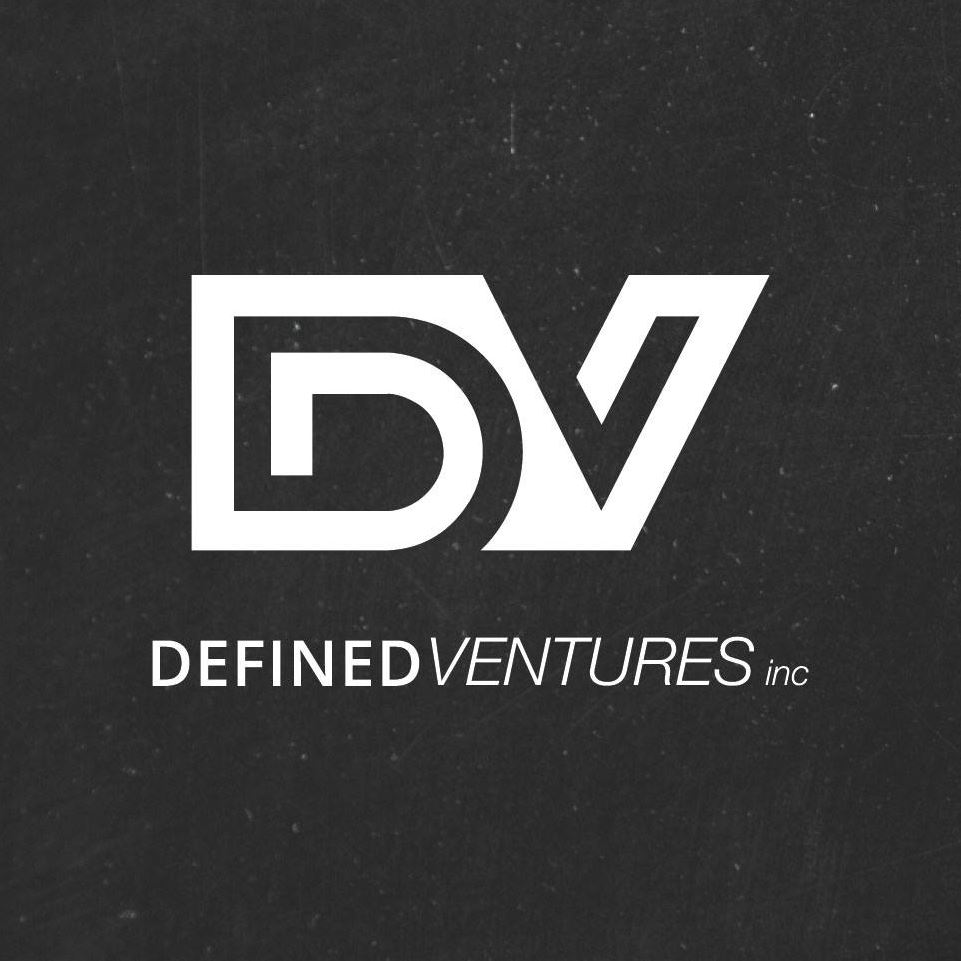Saas: Software as a Service. It’s a trend that’s getting an incredible amount of action lately, but there’s a significant amount of confusion around exactly what the phrase means. Is it a business model? Is it an industry? Is it something software businesses do?
Realistically, only one of these categories is true: SaaS is, in fact, a business model. But we can’t entirely say it isn’t an industry, either; shortly after the concept’s creation, an entire cottage industry of SaaS providers cropped up to fill user needs. That cottage industry blossomed into a significant part of the American software market.
Today, thousands of SaaS providers offer an endless amount of options for businesses at every level, making it easier to manage, network, sell, connect, and integrate with a lower cost of entry. If you haven’t adopted SaaS solutions, you just might be missing out on a serious competitive edge!
Spend Less Upfront Capital
SaaS has the unique benefit of requiring little to know upfront capital for implementation; because it’s a subscription or service, you pay on a schedule instead. This lowers the hurdle for small to medium businesses (SMBs) to enter the world of software and gives “the little guy” a leg up. That reduced cost of entry can make all the difference for rapidly-growing startups who can’t quite afford custom software or on-site servers just yet.
Part of SaaS’s lowered costs comes from something called multitenancy. In software development, this means SaaS providers can serve multiple customers from a single version, rather than creating a custom version for each organization.
That doesn’t mean that everyone has to fit into the same cookie-cutter box; most SaaS providers offer optional plugins, APIs, and software integrations to address unique needs.
Easier Global Team Integration
In 2018, we see everyone working with decentralized work teams and groups – either on home soil or from other areas of the world. This is a natural consequence of the gig economy, freelancing, and sites like UpWork or Freelancer that make it easy to connect with the skilled people you need. Businesses must find ways to accommodate these new working patterns and styles if they hope to achieve efficiency and positive culture.
Whether you’re working with long-distance employees or creative millennial freelancers, one fact is universally true: it can be difficult to keep everyone on the same page. Email and apps like Google Drive can be impractical and difficult to implement; SaaS solves this by creating integratable, cloud-based software that lets you communicate, track, identify, and connect with everyone (in-house and out) at the same time. That’s fewer headaches for you, and better project or team efficiency for the business.
What’s not to love?
Easy, Effortless Updates
We’ve all been through software update nightmares – Windows updates have been an excellent example. They roll out a new version and stops providing supportive security updates for the older version. To keep your information safe, your business shells out the cash for the newest version and schedules updates. In order to do that, you have to first back up the drive and then run an install process that, depending on the machine, can take a few minutes to several hours. If something goes wrong, you’re suddenly down a machine and potentially missing a significant amount of data along the way.
SaaS, unlike OS platforms like Windows, solves the issue of complicated, expensive version updates and installation problems through the cloud. Version updates are managed and roll out from the SaaS provider’s central base of operations. Everything is handled remotely by the team that knows your software platform best, including bug fixes, glitches, and add-ons or plug-ins. It’s the SaaS-y equivalent of having your own personal Microsoft tech just a telephone call away (but without the extensive service call costs).
Lightning-Fast Scalability Response
Today’s startups grow faster and more aggressively than any other startups before them. Through the power of viral marketing, businesses can shoot from basically unknown to multinational corporations in just a few months. That’s something to celebrate, but it does introduce a significant pain point in the area of software: scalability. A business with five people may do fine with basic software, but at the 100-person mark, business management and needs change significantly and a more robust solution will almost certainly be needed.
Using traditional software, scalability becomes difficult – you need to find a solution that works, analyze it for compatibility with other software, roll it out, test it, and then finally, implement it. SaaS solves this, too, by letting you scale your solutions up in what is often just a few minutes and a few clicks. Your SaaS provider handles everything behind the scenes, seamlessly integrating your newer, more robust solution.
Improved Availability Numbers
In traditional on-site software solutions, you are directly responsible for maintaining your platform or application. If a server goes down or something goes wrong with the software, the business may be out of luck until IT can track down the cause. This can be costly and time-consuming, forcing businesses to return to spreadsheets and email in the meantime. If you run a business with tens or hundreds of people, that’s just not a feasible answer to downtime.
Both IT staff and downtime cost money – money today’s businesses just cannot afford to overlook. Using SaaS creates an environment where problems are addressed much faster and far more affordably because availability is guaranteed through service or subscription agreements. If the service goes down, it is the provider who is responsible for restoration and fixes, not you.
SaaS providers have IT and programming staff on call at all times to create quick fixes and restore service, meaning time to restoration is usually much faster. You already pay a small stipend in your service fee each cycle, so there’s usually no need to pay extra money to access these mission-critical resources.
SaaS Is Future-Proof
If you’ve seen people talking about SaaS in terms of how it is “future-proof,” you may be wondering exactly what that means. “Future-proofing” refers to software or solutions that can withstand the test of time by adapting to future needs in as effortless a manner as possible. This goes back to the aforementioned easy updates and cost-effective version releases, but this is really just the beginning.
SaaS’s “future-proof” status also comes from the fact that SaaS providers are always assessing, measuring, and analyzing information in real-time. Rather than addressing pain points reactively, many SaaS providers mitigate issues proactively. This is achieved through service plan flexibility, user community collaboration, and ultimately, a willingness to stay on trend without jeopardizing safety or security.
“Future-proof” also refers to the fact that SaaS providers make it easier to address developing concerns, like new integrations or serious security risks. When evidence of a potential intrusion or attack becomes known, providers simply roll out a patch to plug the hole or create a new plug-in for easy integration.
Traditional software just isn’t viable for fast-growing businesses operating in the modern market. In most cases, they’re too slow, too bulky, and far more expensive up front than businesses can reasonably afford. By getting SaaS-y in 2018, you put the power of affordability and scalability into your business’s hands. What you do with your SaaS solutions can be the difference between success over the next five to 10 years and getting stuck in the same rut once again for yet another year.
Come to the SaaS side, we have cloud-based computing!
President and founder of DVI, Aaron Boerger realized early in life that he had a unique combination of x-ray vision and business acumen for seeing the weaknesses that held businesses back – and the ability to define the right tools, technology and strategy to make them stronger.
From founding a successful technology support business in his early teens, to serving as Chief Operating Officer for several companies in the financial, technology and marketing industries, Aaron has developed a reputation for reinventing technology implementation tactics – and the willingness to tell people not what they want to hear, but what they need to hear, in order to achieve success without overwhelm.
Aaron will always go the extra mile to provide the accountability and support his clients need to achieve their goals, yet isn’t afraid to tell them when they are doing something wrong.

